QUOTE(seefutt @ Oct 15 2020, 02:01 PM)
Similarly, I started on simulators DRL and Velocidrone and find it very hard to control at first.
I used to think practice hovering first is the way to go. But what I found out that gave me the instinct to control is to just move forward. Look forward at where you want to go. Eventually you'll get the hang of of it. Set challenges for yourself as you progress.
This hobby is very challenging, yet very satisfying and rewarding. To me, I can relate it to playing guitar.
i do both guitars and rc flying, and i would say hovering is your basic strumming. if you start with a quad, even more so if with dji stuff, yup this could work. hovering is not that important to practice too much. since stabilizations helps greatly. but not knowing to hover with a heli means bye-bye within the 1st few seconds

akin to you just want to play heavy rock on your guitar. strumming can be skipped since you'll be mostly "chugging it".


. so, from my own experience, hover 1st is basic.
also, u can't really do smooth landings if you can't hover precisely. you see this a lot in YT videos. they just disarm when close to the ground. dropping instead of landing.
QUOTE(chinti @ Oct 15 2020, 02:10 PM)
havent gotten a quad yet but already got a list of parts i wan to build my first toothpick (i like smaller size rather than standard 5inch)
planning to get the mobula6 micro whoops to practice for now. not sure should i straight get a goggle too as well or just practice with line of sight
moving forward is a lot easier than hovering tho.
i can move forward and turn at higher speed in velocidrone, but i cant hover at a same location for long.
one tiny movement on the gimbals n my drone is pretty much everywhere

its so tough to have tht precise micro movement
a note on building yourself, i wouldn't advise to beginners. even with my friends, i'll always point to a ready build ones. PnF, BnF or RtF.
reason being, circuitry doesn't always work the same outside of theory. you might get grounding issues that interfere with your vtx or camera signal, simply because carbon fiber is conductive. you might mess up some soldering that kills your board. all those "good" stuff. if you really want to take the challenge, get a basic multimeter. it's an indispensable troubleshooting tool.
QUOTE(seefutt @ Oct 15 2020, 03:35 PM)
Or can just get something like BetaFPV VR01 about rm250 just to match up with any tiny whoops and enable you to fly.
Flying inside house is a very good learning experience,you can fly anytime regardless of opportunity or weather. And it trains you looking thru goggles and having a sense of the space around you. Once you fly outdoors, it felt so much easier.
The thing is, I was in this dillema too when starting out.
I decided I wont invest in analog FPV and just go straight to digital, as good analog stuffs can cost as much as digital. If i can spend 1k+ for a midrange analog goggles. I might as well go all the way and get a huge jump in image quality, plus I dun have a collection of analog quads

After seeing digital, I just can't justify analog anymore.
It is expensive, but have to ask yourself if you really want this hobby.To make that decision, get a cheap but reasonable analog box goggle and a bangable quad to play around first

not really, at least not yet. digital google are still a lot more expensive than a decent analog. then there's the VTX and camera. you can get by with cheap camera and vtx with analog, but with digital, those parts alone can be more expensive than your entire machine. imagine if you crash somewhere where you can't retrieve it?

analog is better IMO in terms of choices and price range. digital is mainly DJI. and DJI is notorious for their closed eco system and milking money scheme. yes, i hate DJI, if it's not apparent enough

also there's compatibility issue. analogs are pretty much compatible amongst different manufacturer. digital is still in its infancy. maybe when there are more competitions, it will be more awesome.
This post has been edited by zeroglyph: Oct 15 2020, 08:21 PM 


 Jun 2 2020, 01:54 PM
Jun 2 2020, 01:54 PM
 Quote
Quote


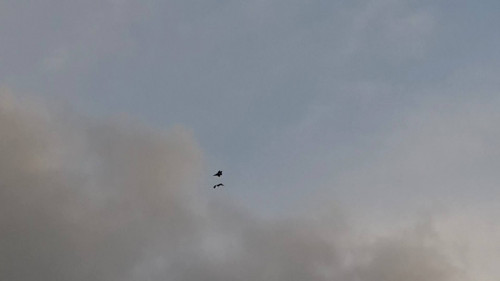
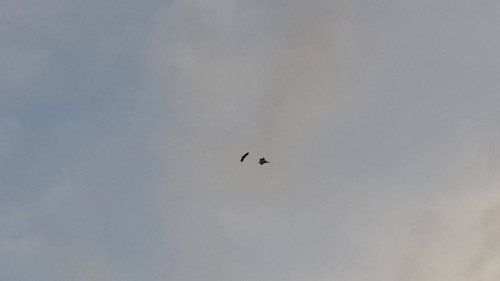
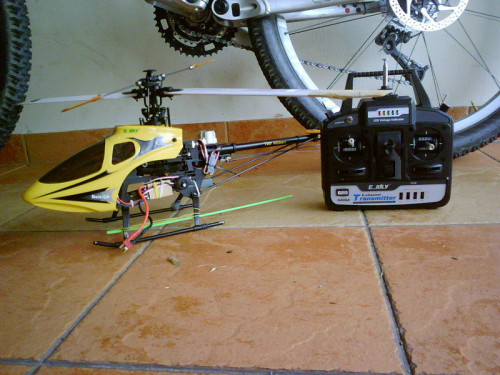
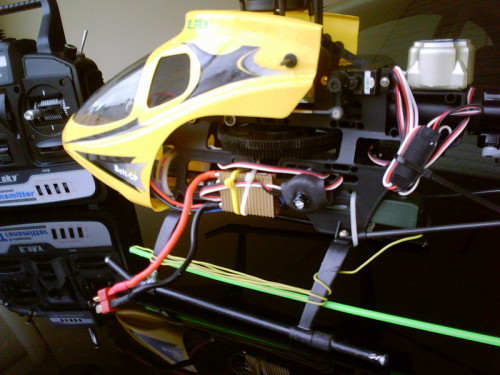
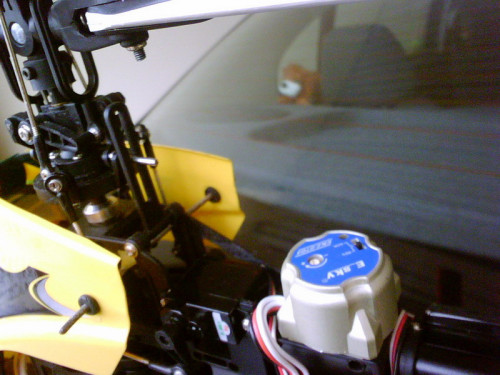
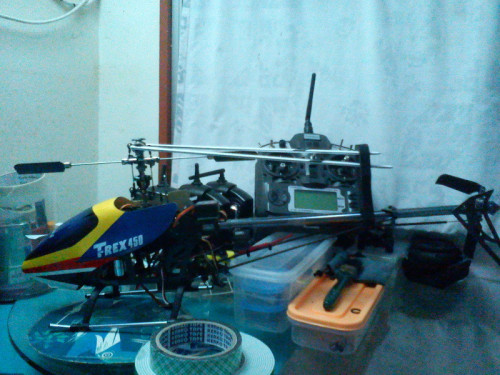
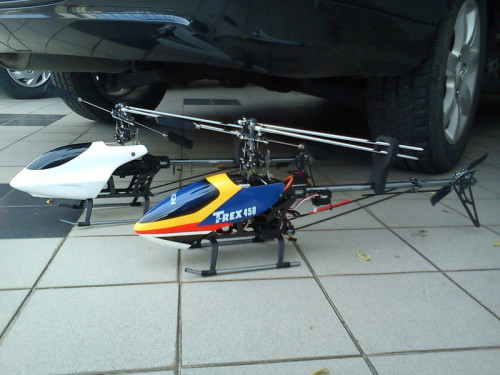

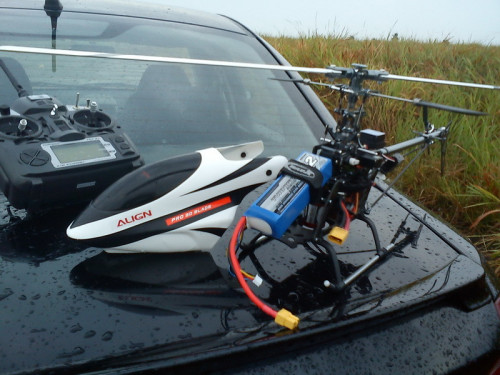
 0.0965sec
0.0965sec
 0.64
0.64
 7 queries
7 queries
 GZIP Disabled
GZIP Disabled